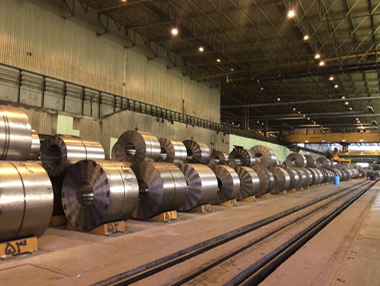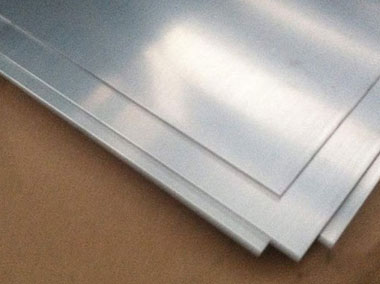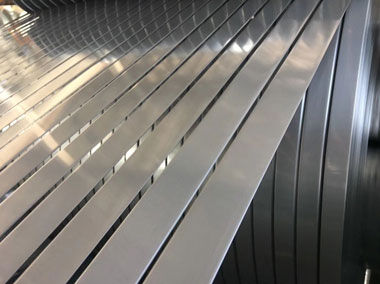Differences between Cold Rolling and Hot Rolling
(2021年05月13日)https://www.huaro-shanghai.com/products/cold-rolled-steel-strip.html
https://www.huaro-shanghai.com/products/cold-rolled-steel-sheet.html
https://www.huaro-shanghai.com/cold-rolled-steel/
https://www.huaro-shanghai.com/hot-rolled-steel/
Hot rolling and cold rolling steel are both the processes of forming section steel or steel plate. Hot rolling and cold rolling steel have a great influence on the structure and properties of steel. The rolling of steel is mainly hot rolling, and cold rolling is only used to produce small section steel and thin plate.
The advantage and disadvantage of hot rolling
The advantage of hot rolling is that it can destroy the casting structure of ingot, refine the grain of steel and eliminate the defects of microstructure so that the steel structure is dense and the mechanical properties are improved. This improvement is mainly reflected in the rolling direction so that the steel is no longer isotropic to some extent. The bubbles, cracks, and looseness formed during pouring can also be welded under the action of high temperature and pressure.
The first disadvantage is that after hot rolling, the non-metallic inclusions (mainly sulfide and oxide, and silicate) inside the steel are pressed into thin sheets, resulting in delamination (interlayer). Delamination makes the tensile properties of the steel along the thickness direction deteriorate greatly, and it is possible that the interlaminar tear occurs when the weld shrinks. The local strain induced by weld shrinkage is often several times of the yield point strain, which is much larger than that caused by the load.
The second disadvantage is the residual stress caused by uneven cooling. The residual stress is the internal self-equilibrium stress without external force, which exists in all kinds of hot-rolled sections. The larger the section size of the general section, the greater the residual stress. Although the residual stress is self-equilibrium, it has a certain influence on the performance of steel members under external force. Such as deformation, stability, anti-fatigue, and other aspects that may have adverse effects.
Cold rolling refers to cold drawing, cold bending, cold drawing, and other cold processing to process cold rolled steel plate or strips into various types of cold rolled sheet at room temperature. It has the advantages of fast forming speed, high output, and no damage to the coating. It can be made into a variety of cross-section forms to meet the needs of the use conditions; cold rolling can make the steel produce great plastic deformation, thus improving the yield point of the steel.
The main differences between hot rolling and cold rolling are:
1. The local buckling of the cold rolled steel section is allowed, which can make full use of the post-buckling bearing capacity of the member; while the local buckling of the hot rolled steel section is not allowed.
2. The causes of residual stress are different between hot rolled and cold rolled steel, so the distribution of residual stress on the section is also very different. The distribution of residual stress on the cold-formed thin-walled section is curved, while that on the hot-rolled or welded section is thin-film.
3. The free torsion rigidity of hot rolled section steel is higher than that of cold-rolled section steel, so the torsion resistance of hot rolled section steel is better than that of cold rolled section steel.
Huaruo (Shanghai) Industrial Co., Ltd , a new branch of Huaruo Industrial Group, is located in Shanghai Tower, Lujiazui international financial and trade zone. We provide Steel Slab, Steel Billet, galvanized steel coil and so on. Want to know more? Please contact us.
- このできごとのURL:







コメント